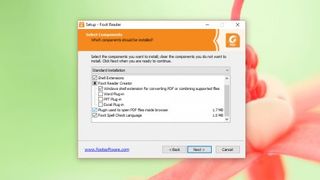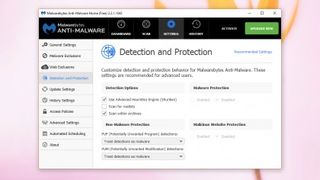Dodge toolbars, browser add-ons and other unwanted programs when installing free software
What are potentially unwanted programs?
We’re sure you’ve experienced it – You download a piece of free software, then open your browser to discover a strange toolbar has been added, your default search provider has been changed, or your homepage has been hijacked. You’ve picked up a PUP, or potentially unwanted program.
Potentially unwanted programs are often packed up in software installers – usually for freeware, but sometimes also in paid software. They usually affect your web browser, attempting to direct traffic through routes that will profit their creators. They can also harvest data on your browsing and shopping habits, which is then sold to advertisers.
How to avoid PUPs
Although undesirable, potentially unwanted programs aren’t viruses as such, and may not be picked up by your regular security software. The best defence against them is care and attention.

Always read each step of the installer carefully and uncheck any necessary boxes (PUPs are almost always opt-out rather than opt-in). If you’re offered a choice between Recommended and Custom installations, always opt for Custom – it’s usually hiding some unwanted browser add-ons. Unchecky can help here by unchecking all tickboxes in software installers, and warning you if you are about to install a PUP.
Sometimes, when you install free software, PUPs are part of the deal and you can’t opt out. When faced with the program’s terms of use it’s tempting to just click ‘Next’, but it’s worth taking the time to read them in case the program is going to bring some unwanted friends to the party. In that situation, the best course of action is to simply close the installer and look for another program that won’t foist such programs on you.

It might be worth seeking out a portable version of the software you want to use; by definition, portable programs don’t have to be installed (they are usually supplied in a ZIP archive), so won’t include an installer with bundled add-ons.
If you really want to err on the side of caution, you can install free software in a sandbox to prevent PUPs and malware meddling with your system files. You can do this using a virtual machine, which runs an operating system in a window on your desktop, effectively emulating a second PC
How to remove PUPs
You’ve done your best to avoid it, but your browser has been hijacked by a rogue toolbar and your homepage has been changed. If your antivirus software doesn’t pick up the culprit, and you can’t remove it through the browser’s plug-ins menu, try Malwarebytes Anti-Malware.

It can run safely alongside your antivirus, and can be set to detect PUPs (and PUMs – potentially unwanted modifications), and treat them as malware by flagging them for deletion.
Have you come across any particularly pernicious PUPs? How did you eliminate them? Let us know in the comments below!

